Stone Powder Problem In Silica Sand Production
In silica sand production, the stone powder is inevitable. Excessive stone powder will reduce the quality of artificial sand. In what form will the stone powder exist? How should we control stone powder? This article will provide you with answers to these questions.
Four Forms
1. Free powder
The stone powder particles do not bond with each other and are not adsorbed on the surface of sand grains, and can move freely under the action of wind and gravity in silica sand production.
2. Agglomerate powder
The stone powder particles are tightly agglomerated to form a larger particle size agglomerate of stone powder, and the particles adhere to each other and aggregate. This type of stone powder aggregate is difficult to remove by traditional powder selection equipment due to the large size and mass of the agglomerates.
3. Adhesive powder
There are stone powder particles attached to the surface of the sand with larger particle sizes. When the surface of the sand grain is relatively smooth, the stone powder particles are easy to remove under mechanical force, and when the surface of the sand grain is uneven, the stone powder particles and the sand particles tightly adhere to each other, and it is difficult to separate by general mechanical methods.
4. Crevice powder
There are often natural or mechanically broken crevices with a width of tens to hundreds of microns on the surface of sand particles. These crevices are often filled with a large number of stone powder particles. This is the tightest way to adhere to stone powder.
Stone Powder Control Technology
1. A feeder with a vibrating screen
The increase of the mud content in the artificial sand will increase the water demand and affect the strength of the concrete, which will affect its compressive capacity. Therefore, before the raw materials enter the silica sand production, they need to be desilted and screened for disposal, which can significantly reduce the moisture content of the raw materials. According to different material conditions, choose the appropriate screen bar spacing to achieve different desilting effects.
2. Powder removal device for aggregate chute
In silica sand production, the aggregate of a certain specification of the sieving machine enters into the aggregate discharge chute after sieving. An integrally detachable diffusion air chamber is arranged at a suitable place, and the blower is connected to it so that the free state dust on the surface of the aggregate passes through the chute. When it is blown up by the blower, it is collected in the dust collector under the suction action of the dust collector.
3. High-frequency vibration screen
The artifical sand is pretreated by a high-frequency vibration screen for powder mass dispersion, silt sand separation, and coarse and fine grades, and then the contained stone powder is removed by wind.
In silica sand production, after the material is crushed by the sand making machine, when it enters the screening module, the material can be dispersed through the disperser or screw rod first, which has a preliminary dispersion effect on the agglomerated and adhered stone powder, and improves the uniform distribution of the material At this time, the stone powder can be selected by the winnowing device. After the primary election, the materials enter the high-frequency vibrating screen for screening. It has a good dispersion and separation effect on agglomerated stone powder and surface adhesive stone powder. At the same time, it can efficiently realize the coarse and fine grade of artificial sand.
4. Air screen
In silica sand production, the air screen combines wind separation technology based on a vibrating screen to realize the three functions of particle size adjustment, classification, and screening.
The material is evenly spread under the action of the air sieve dispersion device and blown to different positions in the winnowing chamber by the blower. The lighter the material (the smaller the particle size), the farther the material is blown away, and the longer the screening distance. The lightest stone powder will be blown to the powder outlet position, absorbed by the induced draft fan of the dust collector, and finally concentrated in the powder tank. At the same time, the particle size adjustment board automatically adjusts the proportion of the returned material to fine-tune the fineness modulus of the finished sand, to ensure the stability of the fineness modulus of the finished sand.




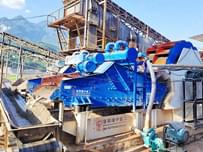
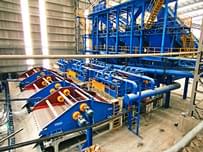
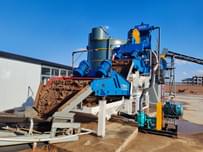
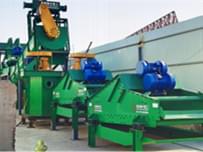
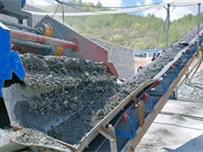
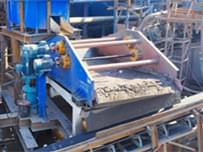
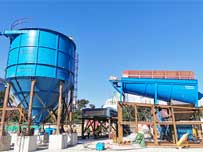
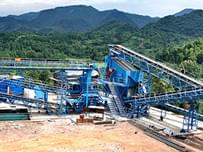




Send Message
Please write down your requirement and contact details in the following form. You can also send a message to us by this email export@lylzzg.com, we will reply to you within 24 hours.